-
Author
Tim Boyd -
Date
21 Apr 2020
Essay
How to: A Maker's Guide - Build a Planter Box
I’ve kept this simple for a couple of reasons. Firstly, I’m without my workshop and only have access to basic hand tools, materials on hand are scarce and I really needed a planter box! I also wanted to demonstrate something that is achievable for you to try at home.
You could use:
- I’ve used old matai floor boards, not ideal as they will rot overtime, but 🤷🏻♂️
Method:
1. Remove nails from back of board using pliers (if you punch them through from the back it blows out the face side). Save nails.
2. Mark and cut out sides and ends.
3. I saved the nails as I did not have any on hand. A few minutes as a blacksmith and they are back in action. I really love this process, it takes me back to treehouse building days as a child when every nail was precious.
4. Matai is a hard timber, so important to predrill the holes to stop it from splitting. If you don’t have the right side drill bit, simply use a nail in the end of the drill! I’ve had some sideways glances from builders when I do this, but it works a treat. 😎
5. Nail the sides to the ends.
6. Measure internal measurements for the base. I’ve cut the piece at the same angle as the ends, but you can cut it square if you don’t want the challenge. To do this marked the angle on the ends and held my handsaw on that angle while making the cut.
7. Drop piece in and you’re finished. Mine fitted snug, so I decided it was not worth fixing in place with nails.
--
Tim Boyd is the founder of The Warren, a community workshop in Tāmaki Makaurau. The Warren grew out of Tim’s desire to offer Aucklanders a welcoming community space in the city to learn new making skills.
Tim is a registered plumber, and had become increasingly frustrated with the wasted potential he saw in discarded building materials in overflowing skip bins. This passion for transforming and finding new value in used materials, along with an enthusiasm for pairing keen learners with people who have skills to share, is the foundation of The Warren. Looking forward, Tim wants to grow The Warren into a collective space and incubator for makers and businesses to be educated in and operate under circular economy principles, reducing waste to landfill and environmental emissions.
The Warren offers classes enabling people to learn how to build things themselves, along with drop-in sessions where people can use the workshop independently. In front of our workshop is The Warren Store, which stocks a revolving roster of handmade products, often made from recycled materials, by local craftspeople and designers.
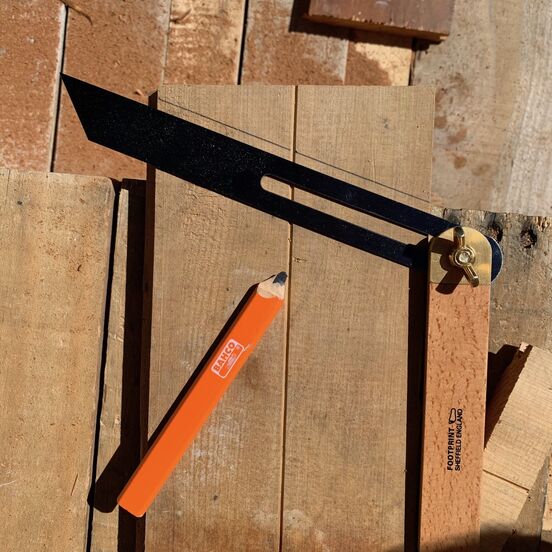
Matai floorboards Tim Boyd repurposed to create a planter box
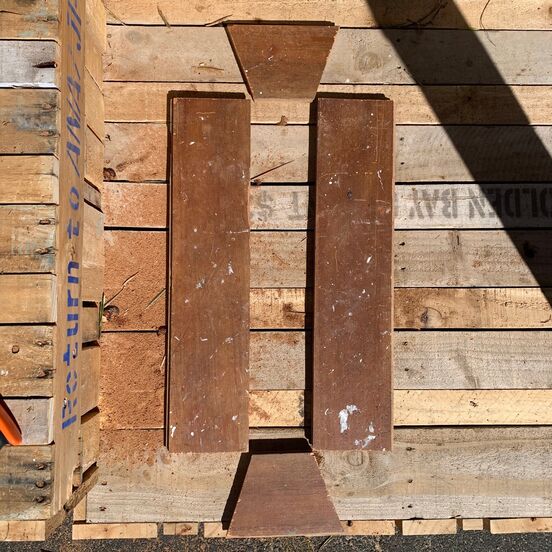
Mark and cut out sides and ends
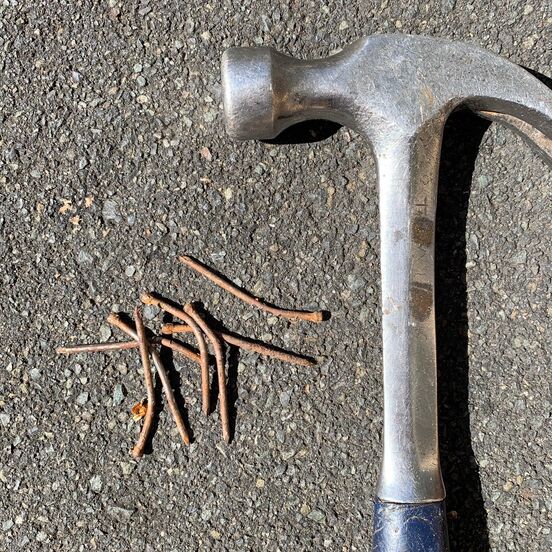
Tim Boyd recommends reusing nails too
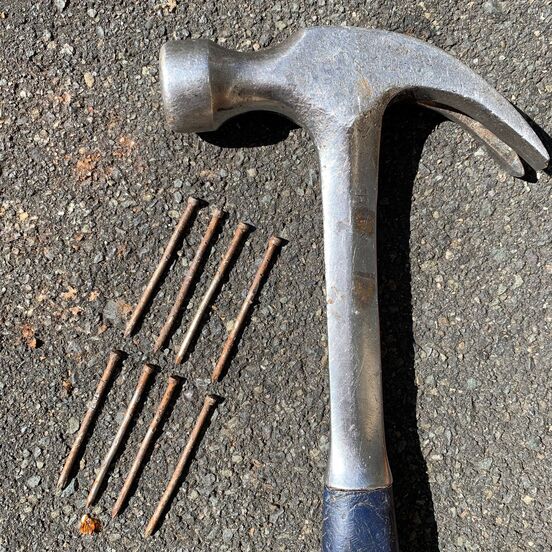
A few minutes as a blacksmith and they are back in action.
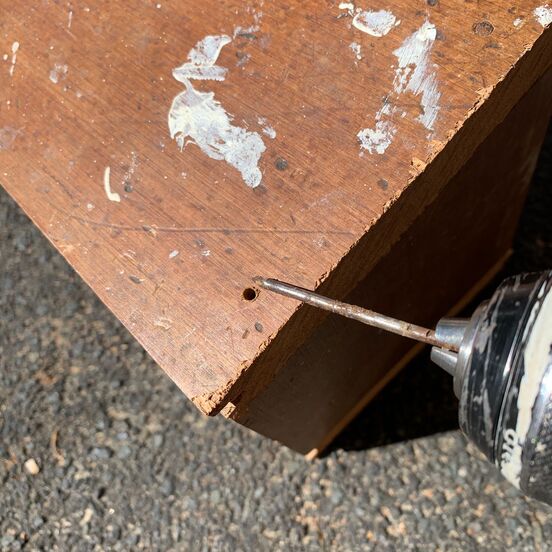
It's important to pre-drill the holes to stop it from splitting.
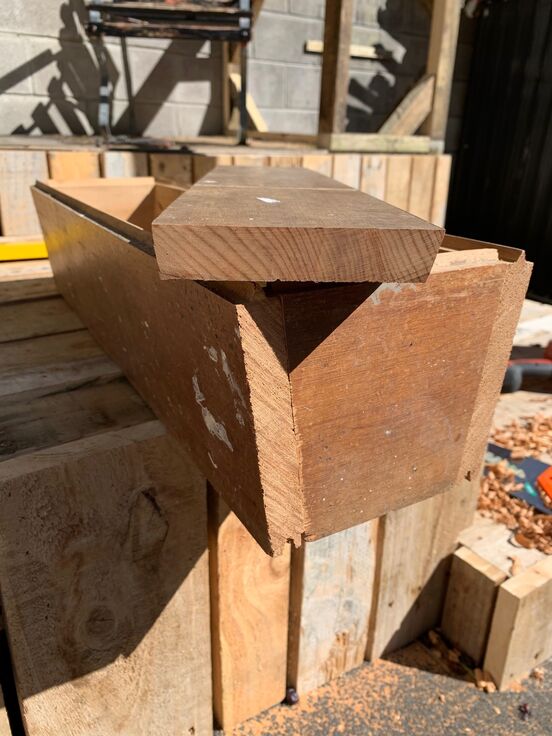
Drop piece in and you’re finished. Mine fitted snug, so I decided it was not worth fixing in place with nails.